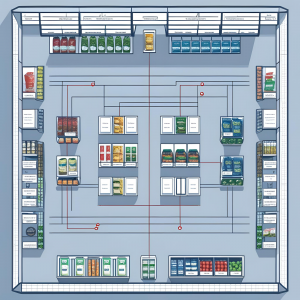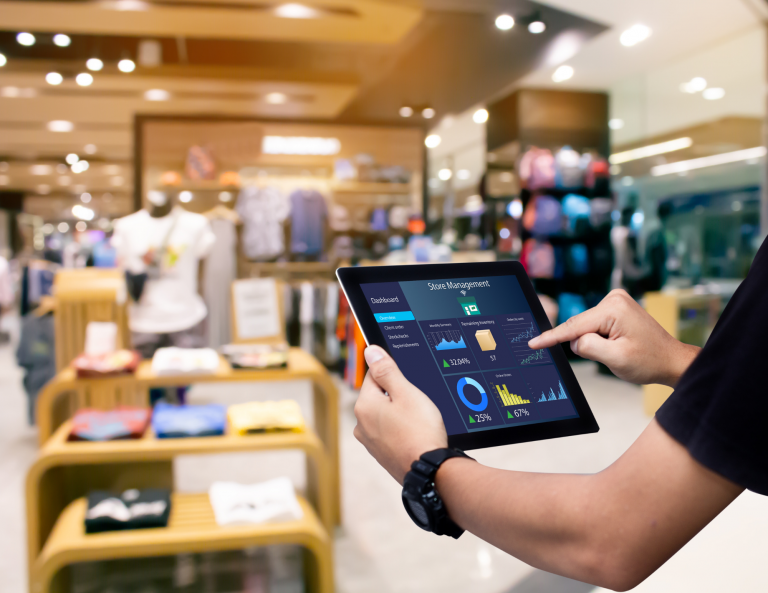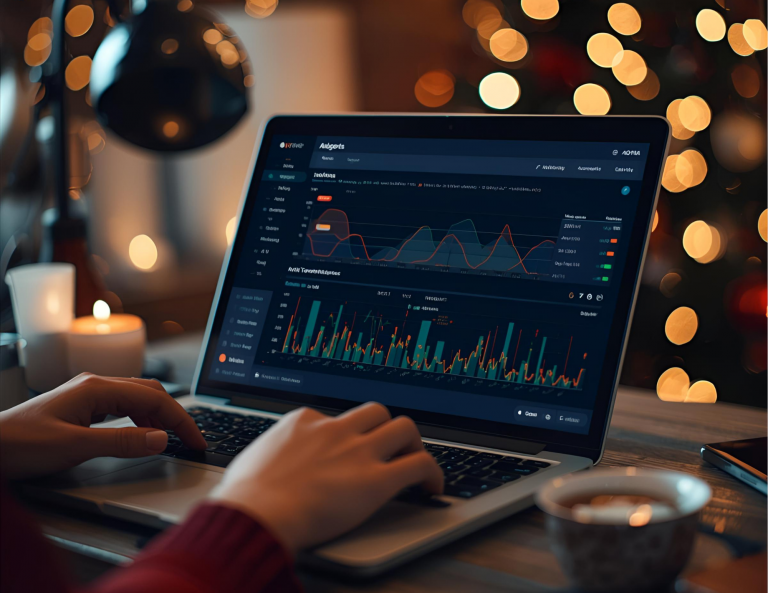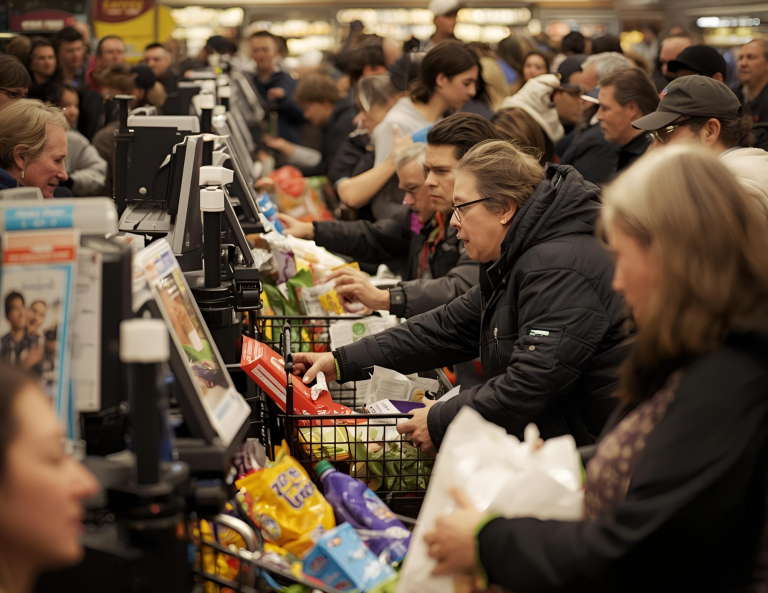In today’s competitive retail environment, understanding in-store customer behavior is crucial for increasing retail sales. Walkbase leverages advanced Bluetooth and millimeter wave sensor technology to capture and analyze key data points, such as pathing, dwell time, retail media ad impressions and occupancy. The data from these in-store sensors empowers retailers to optimize store layouts, improve merchandising strategies and ultimately increase revenue.
This is the first blog in our series exploring use cases for Walkbase beyond in-store retail media measurement. In this installment, we focus on how Walkbase helps retailers sell more by optimizing foot traffic, testing and learning and determining the true value of in-store real estate.
Merchandising Strategies & Better Planograms: Removing Guesswork with Data
 Effective merchandising isn’t just about having the right products — it’s about placing them where customers can find them. Traditional transaction data alone doesn’t tell the full story; for instance, a high-demand product might underperform simply because it’s hard to locate.
Effective merchandising isn’t just about having the right products — it’s about placing them where customers can find them. Traditional transaction data alone doesn’t tell the full story; for instance, a high-demand product might underperform simply because it’s hard to locate.
With Walkbase, retailers gain deeper insights into customer movement and engagement:
- Pathing and dwell time data help determine the best-performing planograms by tracking where customers spend the most time.
- In-depth behavioral analytics paired with transaction data reveal conversion rates, showing how store-level assortment impacts sales.
- Real-time dashboard insights display key metrics like shopping trips, visit rates, median dwell time and total time spent per aisle.
- Enhanced category management enables retailers to track how different sections drive traffic, margin growth and overall store performance.
End Caps and Promotional Displays: Maximizing High-Value Real Estate

End caps and promotional spaces play a critical role in influencing purchase decisions, but not all placements are equally effective. How do you determine which locations generate the most engagement and which brands should pay premium rates for placement?
Walkbase provides actionable data to optimize promotional placement:
- Pathing and dwell time tracking identify which end caps attract the most traffic.
- Real-time heatmaps in the Walkbase dashboard visualize customer movement, highlighting key areas of store traffic and the best spots for promotions.
- Optimized product placement ensures high-converting items are in the most visible and accessible locations.
- Data-backed pricing models allow retailers to charge brands more for high-traffic areas, increasing revenue from in-store promotions.
Optimize Store Layout and Signage: Designing for Conversion
 Driving sales lift in retail requires more than just great products — it requires merchandising strategies, better planograms, and the use of in-store sensors to capture valuable data.
Driving sales lift in retail requires more than just great products — it requires merchandising strategies, better planograms, and the use of in-store sensors to capture valuable data.
A store’s layout and signage directly impact the customer journey. Poorly placed aisles or confusing signage can lead to missed sales opportunities. If customers struggle to find what they need, they’re less likely to make a purchase.
Walkbase helps retailers increase retail sales by optimizing store traffic and store design with:
- Real-time and historical traffic pattern analysis to understand how customers navigate the store.
- Data-driven store redesigns that test new layouts before implementing changes across multiple locations.
- Signage optimization to ensure high-impact areas, including digital retail media displays, are placed where they will drive the most engagement.
- Improved navigation strategies to enhance the shopping experience and increase conversion rates.
Your Strategy for Success
Driving sales lift in retail requires more than just stocking great products — it’s about optimizing traffic flow, merchandising placement, and store design. Walkbase provides highly accurate pathing and dwell time data, enabling retailers to make informed, data-driven decisions that increase revenue and improve the shopping experience.
Stay tuned for the next installment in our series, where we’ll explore how Walkbase helps retailers not just sell more, but also operate more efficiently and maximize profitability.



